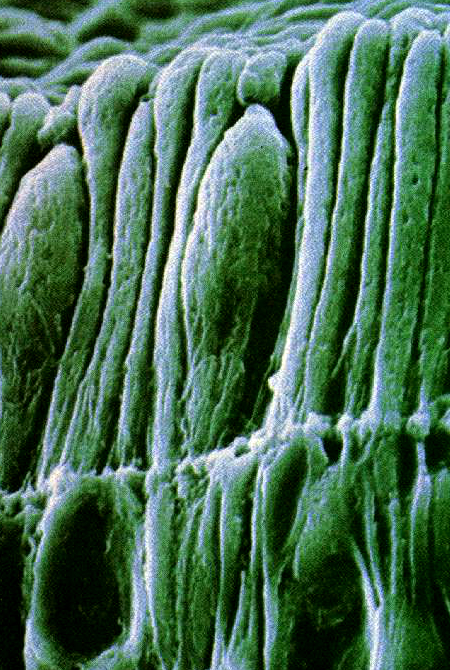Eyes on lab-grown retinas show the way to replacements
 Scientists have reported some success in efforts to grow an eyeball in a laboratory dish.
Scientists have reported some success in efforts to grow an eyeball in a laboratory dish.
A team of researchers in the US say they have created working retinal tissue in the lab, complete with photoreceptors that respond to light.
The retina is located at the back of the eyeball, where it senses and encodes incoming light. Separation of the retina from the tissue around it leads to blindness.
Efforts have been made for years to create replacement parts for the eyes, and this latest study may be one of the biggest breakthroughs yet.
“We have basically created a miniature human retina in a dish that not only has the architectural organisation of the retina, but also has the ability to sense light,” said study team leader Maria Valeria Canto-Soler, a developmental biologist at Johns Hopkins University School of Medicine.
To form their mini-retinas, the research team recreated the same conditions that retinal cells use to grow in the womb.
“The most surprising and exciting thing was that stem cells were able to follow the whole process of forming a human retina in a petri dish almost on their own, to the point it was able to respond to light like a normal retina,” Canto-Soler has told reporters.
“When we started this project, we weren't really shooting for this—we didn't think this would happen.”
The study has been published in the journal Nature Communications.







 Print
Print